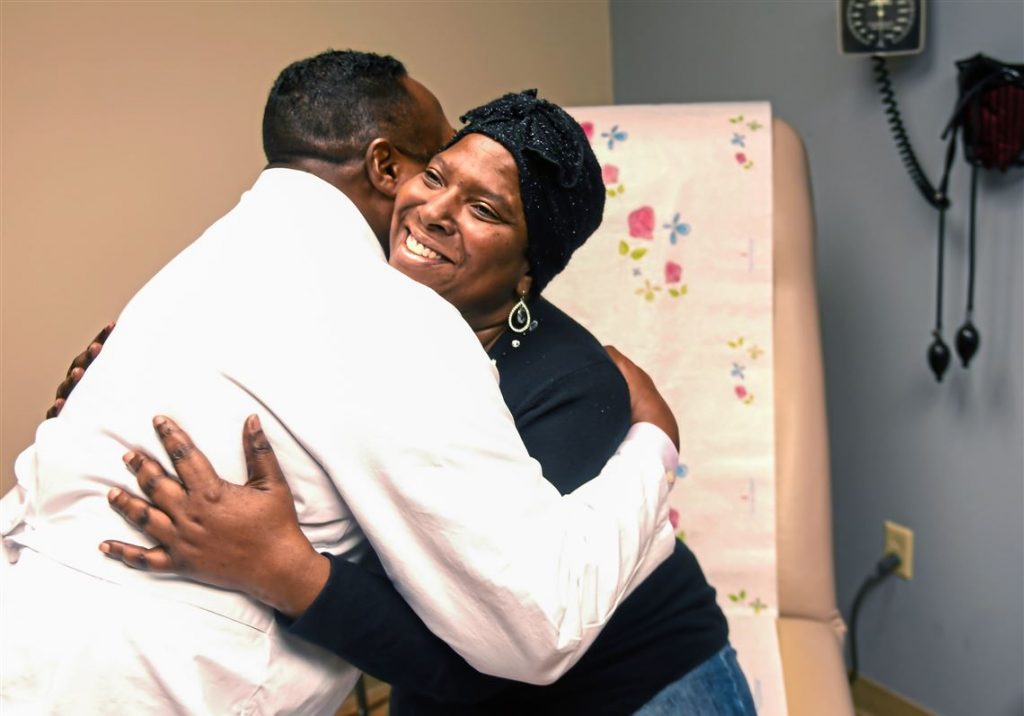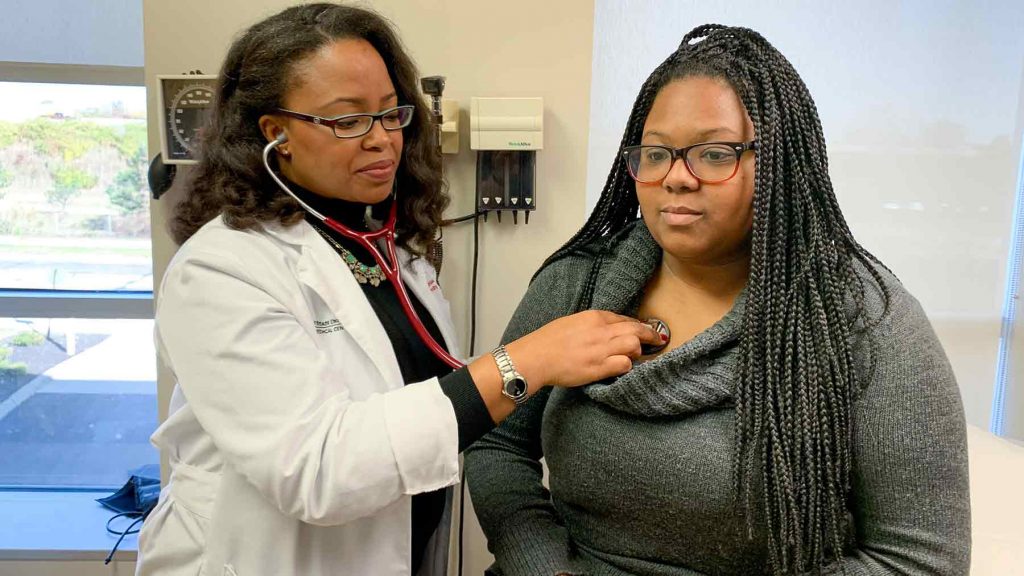What is cancer?
extended version
Our body is made up of cells. Each cell is given instructions on how to grow and divide. These instructions are given in the form of genes in DNA. Every time that a cell divides, it passes on its DNA to the new cells. In order to do this, the cell has to make a copy of its DNA. When the DNA is copied, mistakes called mutations are sometimes made. These mistakes can change the instructions on genetic code that is located in the DNA. Luckily, there are also genes that tell the cell what to do when this happens. These are called DNA repair genes. They can find mutations and fix them, so that the cell can work the way that it should.
Usually, instructions in a cell’s DNA will tell it when to stop growing and dividing. But if a cell has mistakes (mutations) in the parts of the DNA that give instruction on when to stop growing, the cell may continue to grow. This is how cancer starts to form.
Cancer can happen anywhere in the body, even in the blood. A cell that grows and divides uncontrollably creates a lot of cells that grow in one area. This lump of cells is called a tumor (swelling). Not all cancers are tumors, but many of them are. For example, most cancers of the blood aren’t tumors. A tumor can stay in the area where it first started growing or it can spread to other parts of the body. If a tumor grows in one place in the body, it is sometimes a benign tumor. Benign tumors often don’t need to be treated and can sometimes be left alone. If a benign tumor is making it harder or impossible for the body to function the way it should, then the tumor may need to be treated or removed.
Tumors that spread aggressively to other parts of the body are typically malignant tumors (“cancer”). Malignant tumors can spread to areas that are close by as well as places that are far away.
When someone is diagnosed with cancer, the cancer commonly is named after the original anatomic place where it appears to have started. For example, someone who has cancer that started in the lungs and spread to the liver has lung cancer, not both lung and liver cancer. But this naming approach is a little complicated in practice, as liver cancer can spread to the lungs.
Malignant tumors are generally more harmful than benign tumors because they can spread throughout the body and can affect your health in many ways. For this reason, patients with malignant tumors usually have to go through more aggressive forms of treatment than patients with benign tumors. Malignant tumors can also be hard to remove with surgery, depending on the situation. When these types of tumors grow, they encourage new blood vessels to redirect nutrients from the main blood supply in the body. This gives them the “food” and energy they need to continue to grow and spread. Malignant tumors can grow back when they are removed through surgery, but often benign tumors don’t come back.
Cancer is a complicated disease. Scientists are still trying to figure out how and why some cancers form. There are a lot of different changes in the body that can cause cancer, ones that we did not cover in this section. However, what we described in this section are the basics of how cancer often forms in the body. In the next section, we’ll talk about the types of cancer that start in the organ called the pancreas.
Extended Version
Categories






Written by: Jasmine Mitchell, University of California Santa Barbara
Edited by: Dale O’Brien, MD, Cancer Patients Alliance
Formatting and content by: Raewyn O’Haire, AB, Cancer Patients Alliance
Consultant: Neil Atam, University of California Santa Barbara
Top Reference
Pancreatic resection: a key component to reducing racial disparities in pancreatic adenocarcinoma
Click Here
Click Here for the ACS Journal article